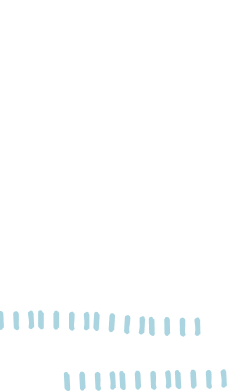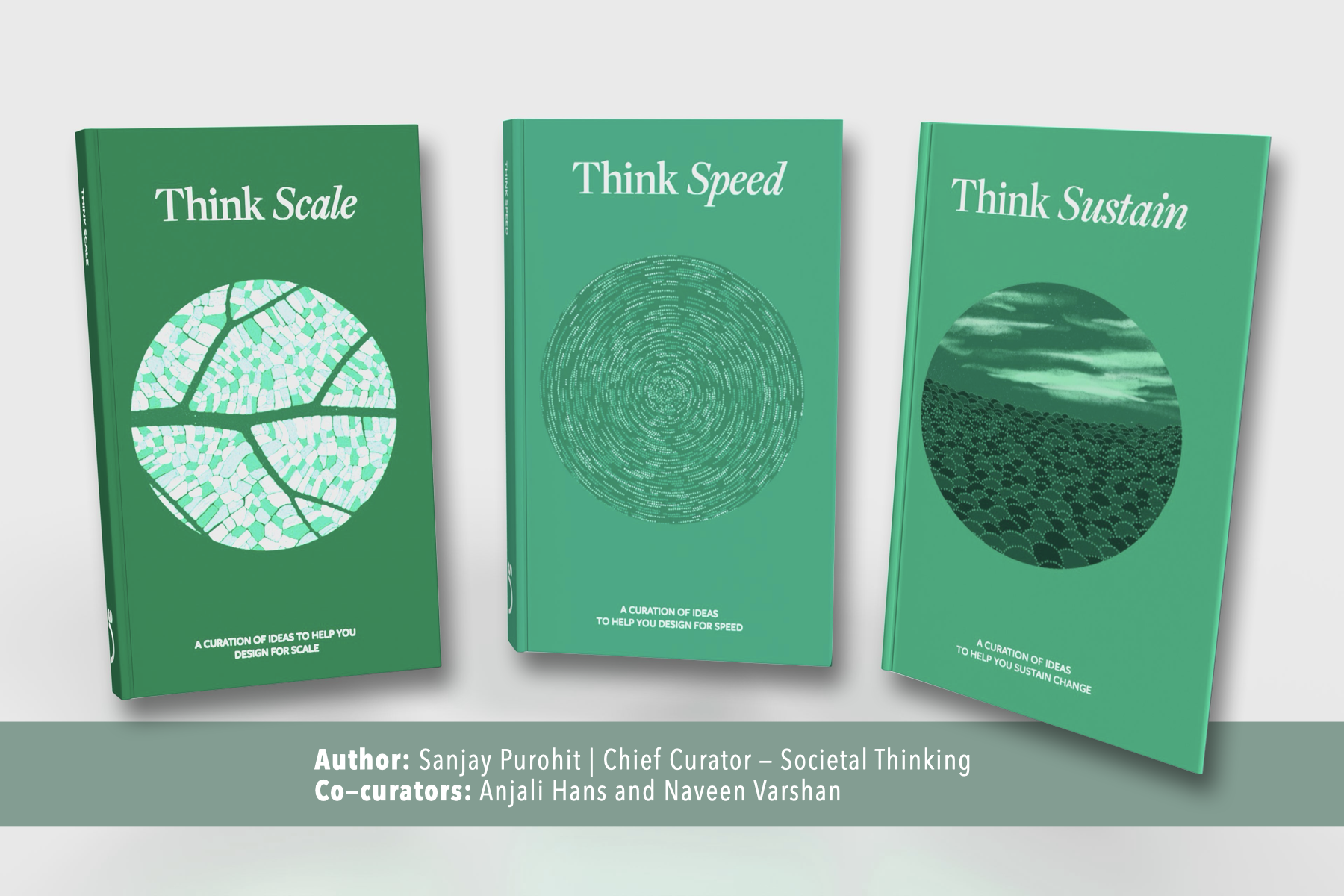“We but mirror the world. All the tendencies present in the outer world are to be found in the world of our body. If we could change ourselves, the tendencies in the world would also change. As a man changes his own nature, so does the attitude of the world change towards him.”
Gandhi
It was one moment that rocked an empire and became the beginning of the independence movement in India. It was a heady time. The Indian National Congress had declared Purna Swaraj (sovereignty) and the possibility was in the air. While Gandhi had mobilised a mass movement, there was pressure to act and to act immediately to demand independence from British colonial rule. In the face of this pressure, Gandhi meditated for days on end. When Rabindranath Tagore visited, he shared that he was meditating “night and day, but did not see any light coming out of the surrounding darkness.” Eventually, the answer arose. Salt.
Salt became a symbol of collective action. It united Indians across caste, class, regional and religious backgrounds because it was central to everyday life, like independence.
This story is a lesson for all of us, change leaders. Engaging with our inner lives holds the key to opening the door for transformative social change, just like meditation unlocking the power of the people for Gandhi. It can shift the way we are present in the face of current and emerging challenges on our change journey, it can inspire deeper insight into our world and the many ways in which everything is interconnected. It can, most importantly, prompt us to seek stillness before we act on the many ‘What now?’ questions in our journey.
At a personal level too, I find resonance in this story. I’ve been engaged in social change for over 25 years (Phew!) and now, while writing it, I realise it’s been a long time. At the beginning, I worked non-stop. 7 days a week, nearly all day long. My instinct was very much to do, to act.
At 19, I co-founded an organisation which is now the largest charity in Canada, engaging over 4.5 million Canadians and raising over $ 400 million a year for social change projects across Canada and around the world. However, while we were doing, doing, doing – and remarkable things – at 21, I found myself completely burnt out.
I had, unknowingly, cast myself as a martyr in my social change journey. I was trying to do everything for everyone all by myself. I got to a place where even a small sound would make my skin crawl and I felt an immense sense of fatigue all the time. It took me about a year to come out of that fog and to recover (or so I thought).
Eventually, I took a 7-year sabbatical to heal. As I dove deeper and deeper into my inner life, I began forging an identity beyond the martyr. It led me to deeply understand my own humanness to understand that of others, to open up in new ways to see what our combined humanness may look like in society at large, and to think differently about trust. Yes, the work I’d done earlier was collaborative. I was working with a pretty amazing team. Still, we were building one institution. I was asking ‘What could we build to solve for a particular problem statement?’ As I thought about my wellbeing during my sabbatical and beyond, what shifted in me was the acknowledgement that I am, and my team is, part of a larger whole.
A great challenge with social change work is how deeply we identify ourselves with the work and ‘saving the world’, almost to the extent that it becomes part of our persona. This often means that any new ideas are challenges to our very identity and that’s a hard place from which to see that other peoples’ ideas might also be good ideas. Or that ideas make sense together as part of a larger collective approach.
The question I ask now is ‘What could we do together to address diverse needs?’ We see this shift more systemically now too, as more and more people are connecting their inner lives and the change work they do. Today, as change leaders, we all need to draw this connection since the social issues at hand run wide and deep – beyond the capacity and capability of an individual or organisation to solve.
It is in this context that the invitation to our individual wellbeing and collective wellbeing matters more than ever. It matters for the individual change leader to be healthy and well – for ourselves and for the work we care so much about.
Last year, a senior change leader – let’s call him Mike – came to the first week-long retreat of our 18-month programme. In the first few days, the other 20 participants opened up, cried, laughed and made connections that ran deeper than work. Mike stayed silent. In many ways he reminded me of my parents, having grown up in a culture that valued putting on a brave face no matter what. I wondered if he’d ever feel comfortable enough to share. On the last day, Mike finally spoke up. He said, “Sitting here, I realised I am a coconut. I became a coconut to protect myself from a great fall. Even though my shell may help me survive, it keeps me from letting anyone in or putting myself out there. I wish I could break open.” It was a powerful moment. What does it mean to break open? To let ourselves be seen when we are most vulnerable? Does it help our mission, our impact aspirations and how we show up as colleagues, collaborators and managers?
As I reflected it struck me that tending to our wellbeing allows us to be in deeper relationships with both ourselves and with others, to have an identity that goes beyond our work, to be more open to other ways of doing things, to recognise that other people have great ideas, to recognise that there are many ways of doing things that can all make a difference, and to trust others on the path of building something collective and bigger. It brings about a shift in how we think and therefore, how we are – from the actor to an actor in the ecosystem, from trying to solve everything for everyone to enhancing the capacity of communities to do what serves them best.
These are profound shifts that open the door to collaborative approaches, to flatter leadership structures, to working through interconnection (network approaches) in addressing big social problems.
Where do we begin with wellbeing?
By practising stillness, even in movement.
Some great questions to work with are ‘What do I really need?’ or ‘What do I really want or long for?’ These kinds of questions open us up more to listening to our own selves. What is going on within, how can I listen, how can I meet that? That can mean that we want to meditate, that we want to do yoga, that we need therapy. Or quite simply that we need to rest.
Step by step this is a journey of wellbeing that keeps coming back to listening to ourselves profoundly and following that path that emerges. It might all seem counter-intuitive. But so seemed Gandhi’s sitting in stillness as the country was waiting for action.
Maybe it’s our generation’s turn to discover again how to connect the inside and the outside of social change. And maybe, just maybe, this could be the most exciting invitation and journey of all.
Here’s how we can get started with wellbeing.
 Back
Back


